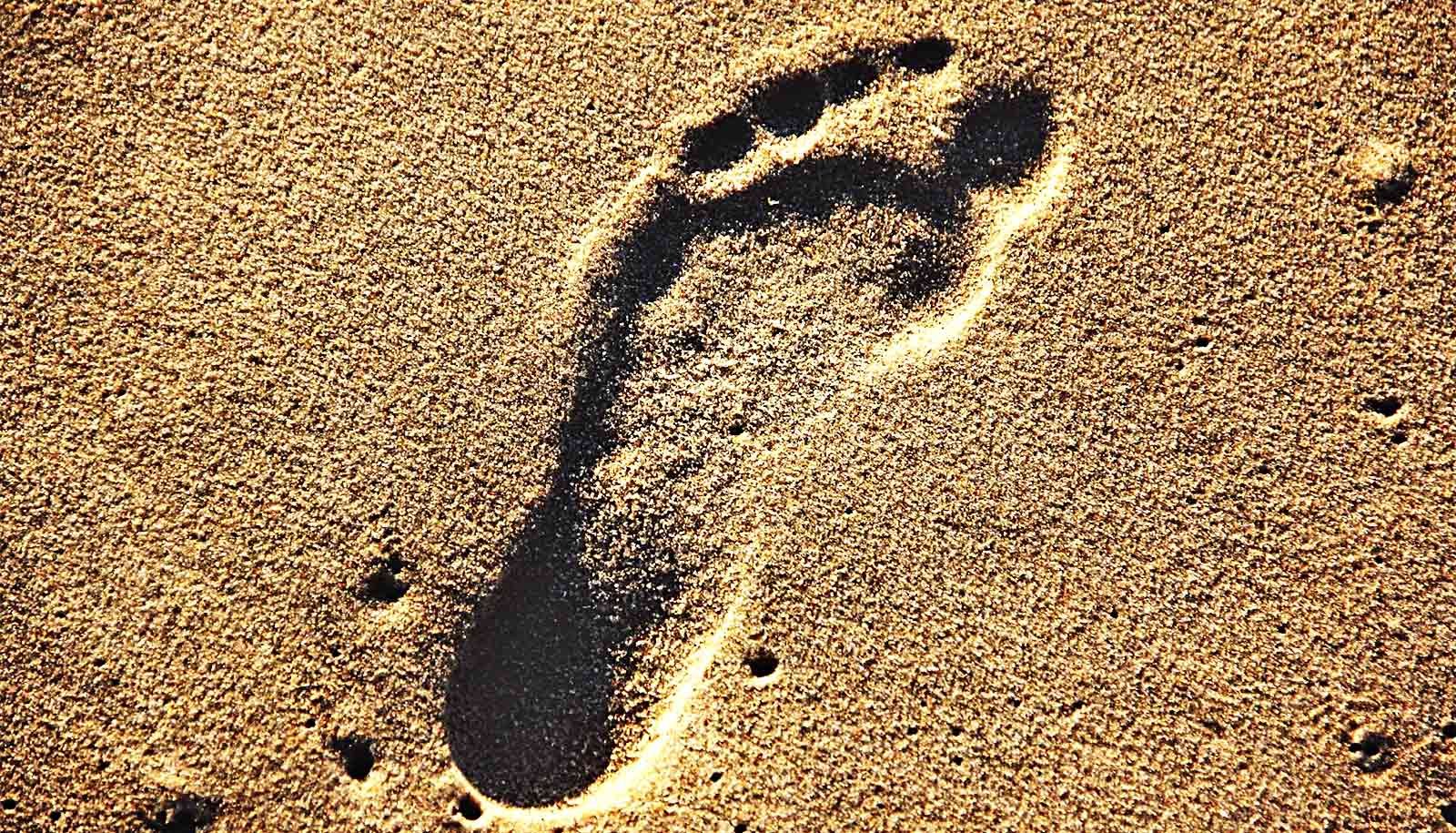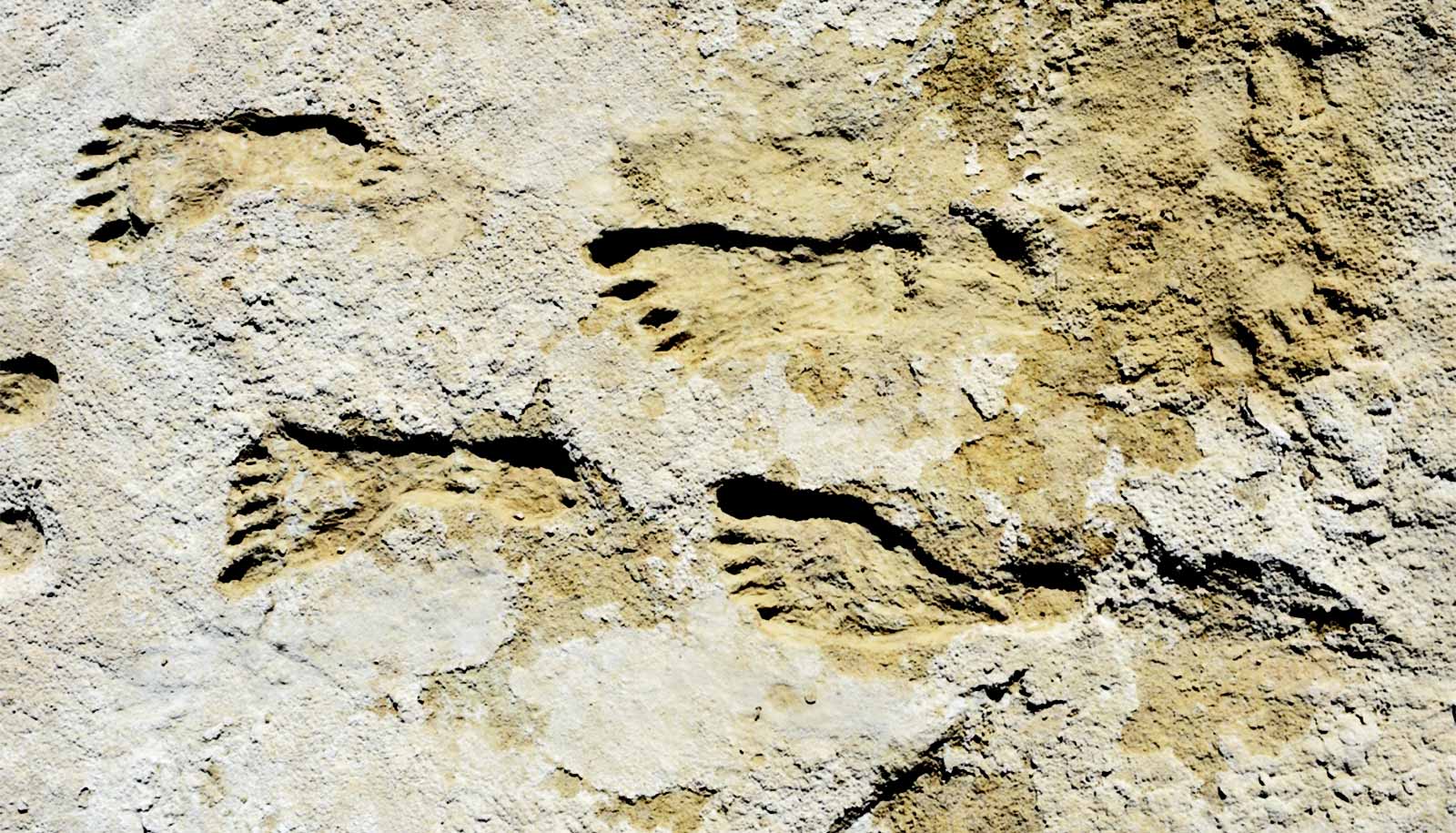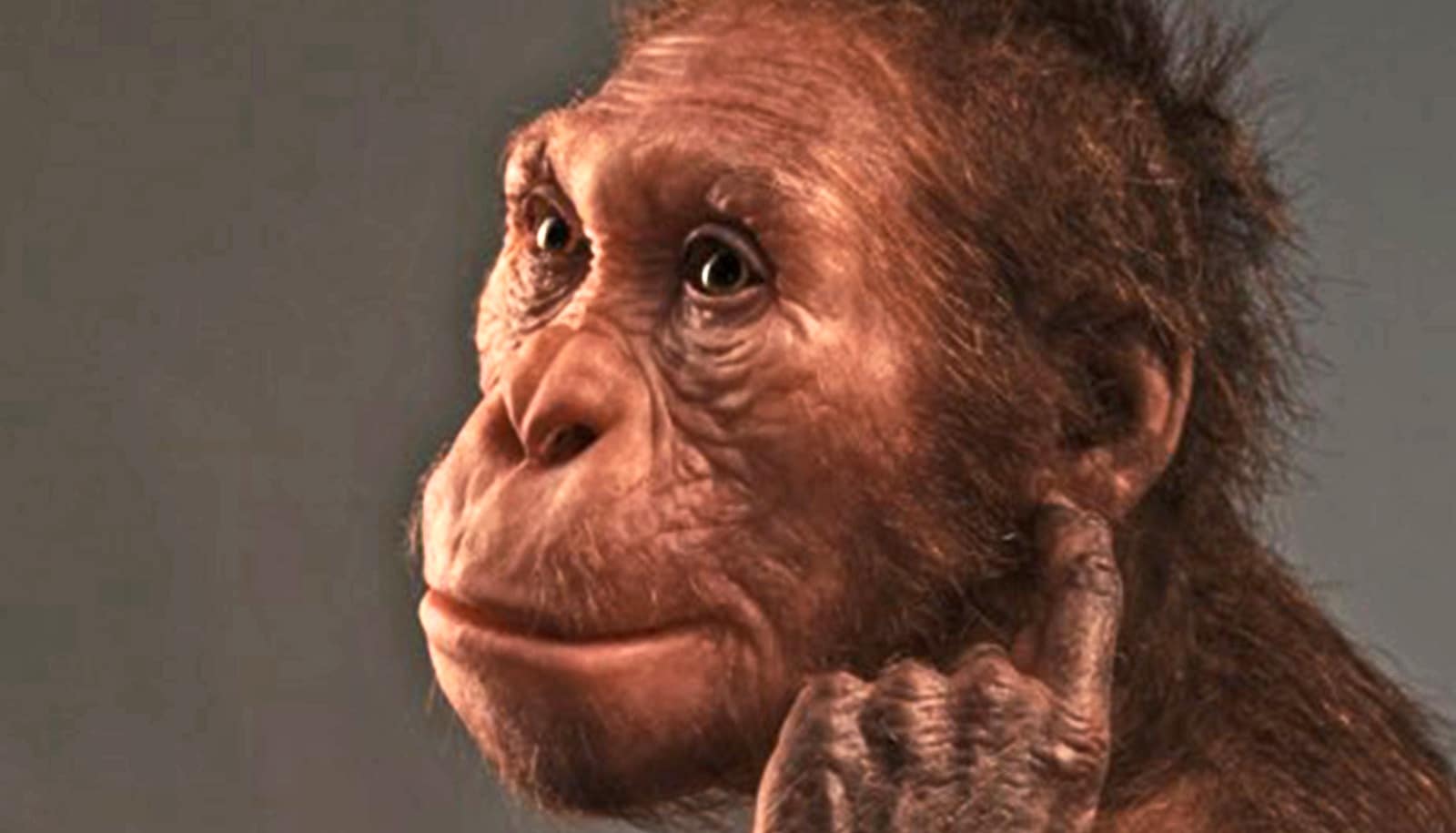
"Pushing the arrival of humans in North America back to over 30,000 years ago would mean that humans were already in North America prior to the period of the Last Glacial Maximum, when the Ice Age was at its absolute worst," Andrew Somerville says. "Large parts of North America would have been inhospitable to human populations." (Credit: Getty Images )
Humans may have set foot in North America way earlier than thought
Radiocarbon dating of rabbit and deer bones found in a Mexican cave in the 1960s suggest the first humans arrived in North America about 30,000 years ago.
The first humans may have arrived in North America more than 30,000 years ago—nearly 20,000 years earlier than originally thought.
Researchers made the discovery while studying the origins of agriculture in the Tehuacan Valley in Mexico. As part of that work, they wanted to establish a date for the earliest human occupation of the Coxcatlan Cave in the valley, so they obtained radiocarbon dates for several rabbit and deer bones collected from the cave in the 1960s as part of the Tehuacan Archaeological-Botanical Project.
The dates for the bones suddenly took the researchers in a different direction with their work.

As reported in the journal Latin American Antiquity , the date ranges for the bone samples from the base of the cave ranged from 33,448 to 28,279 years old. Even though previous studies had not dated items from the bottom of the cave, researchers were not expecting such old ages. The findings add to the debate over a long-standing theory that the first humans crossed the Bering Land Bridge into the Americas 13,000 years ago.
“We weren’t trying to weigh in on this debate or even find really old samples. We were just trying to situate our agricultural study with a firmer timeline,” says Andrew Somerville, an assistant professor of anthropology in world languages and cultures at Iowa State University.
“We were surprised to find these really old dates at the bottom of the cave, and it means that we need to take a closer look at the artifacts recovered from those levels.”
Did humans (or nature) make the tools?
The findings provide researchers with a better understanding of the chronology of the region, Somerville says. Previous studies relied on charcoal and plant samples, but the bones offered a better material for dating, he adds.
However, questions still remain. Most importantly, is there a human link to the bottom layer of the cave where the bones were found?
To answer that question, Somerville and Matthew Hill, associate professor of anthropology, plan to take a closer look at the bone samples for evidence of cut marks that indicate the bones were butchered by a stone tool or human, or thermal alternations that suggest the bones were boiled or roasted over fire. He says the possible stone tools from the early levels of the cave may also yield clues.
“Determining whether the stone artifacts were products of human manufacture or if they were just naturally chipped stones would be one way to get to the bottom of this,” Somerville says. “If we can find strong evidence that humans did in fact make and use these tools, that’s another way we can move forward.”
Eight rabbits, nine deer
Not only was this discovery unexpected, but the process of tracking down the animal bones to take samples was more than Somerville anticipated. The collection of artifacts from the 1960s Tehuacan Archaeological-Botanical Project was distributed to different museums and labs in Mexico and the United States, and it was unclear where the animal bones were sent.
After a year of emails and cold calls, Somerville and his collaborator, Isabel Casar from the National Autonomous University of Mexico, had a potential lead for a lab in Mexico City. The lab director, Joaquin Arroyo-Cabrales, agreed to give Somerville and Casar a tour to help search for the missing collection. The tour proved to be beneficial. Among the countless boxes of artifacts , they found what they were looking for.
“Having spent months trying to locate the bones, we were excited to find them tucked away on the bottom shelf in a dark corner of the lab,” Somerville says. “At the time, we felt that was a great discovery, we had no idea it would lead to this.”
Once he located the bones, Somerville got permission from the Mexican government to take small samples—about 3/4 inch in length and 1/4 inch in width—from 17 bones (eight rabbits and nine deer) for radiocarbon dating . If closer examination of the bones provides evidence of a human link, Somerville says it will change what we know about the timing and how the first people came to America.
“Pushing the arrival of humans in North America back to over 30,000 years ago would mean that humans were already in North America prior to the period of the Last Glacial Maximum, when the Ice Age was at its absolute worst,” Somerville says.
“Large parts of North America would have been inhospitable to human populations . The glaciers would have completely blocked any passage over land coming from Alaska and Canada, which means people probably would have had to come to the Americas by boats down the Pacific coast.”
Additional researchers are from the National Autonomous University and the National Institute of Anthropology and History, both in Mexico. The National Science Foundation and the Wenner-Gren Foundation funded the work.
Source: Iowa State University
The post Humans may have set foot in North America way earlier than thought appeared first on Futurity .
Share this article:
This article uses material from the Futurity article, and is licenced under a CC BY-SA 4.0 International License. Images, videos and audio are available under their respective licenses.
Related Articles:
23,000-year-old human footprints are oldest in the Americas
Sept. 30, 2021 • futurity‘Missing link’ ends debate about how ancient human relative got around
Nov. 29, 2021 • futurityLinks/images:
- https://doi.org/10.1017/laq.2021.26
- https://www.futurity.org/first-humans-america-dna-stone-tools-2407462/
- https://www.futurity.org/homo-erectus-fossils-stone-tools-2299642/
- https://www.futurity.org/anzick-site-clovis-1788422-2/
- https://www.futurity.org/parrot-mummies-atacama-desert-2540522/
- https://www.futurity.org/first-americans-coastal-migration-1771512-2/
- https://www.news.iastate.edu/news/2021/06/01/bonedates
- https://www.futurity.org/early-humans-bones-archaeology-mexico-2575302-2/
- https://www.futurity.org


